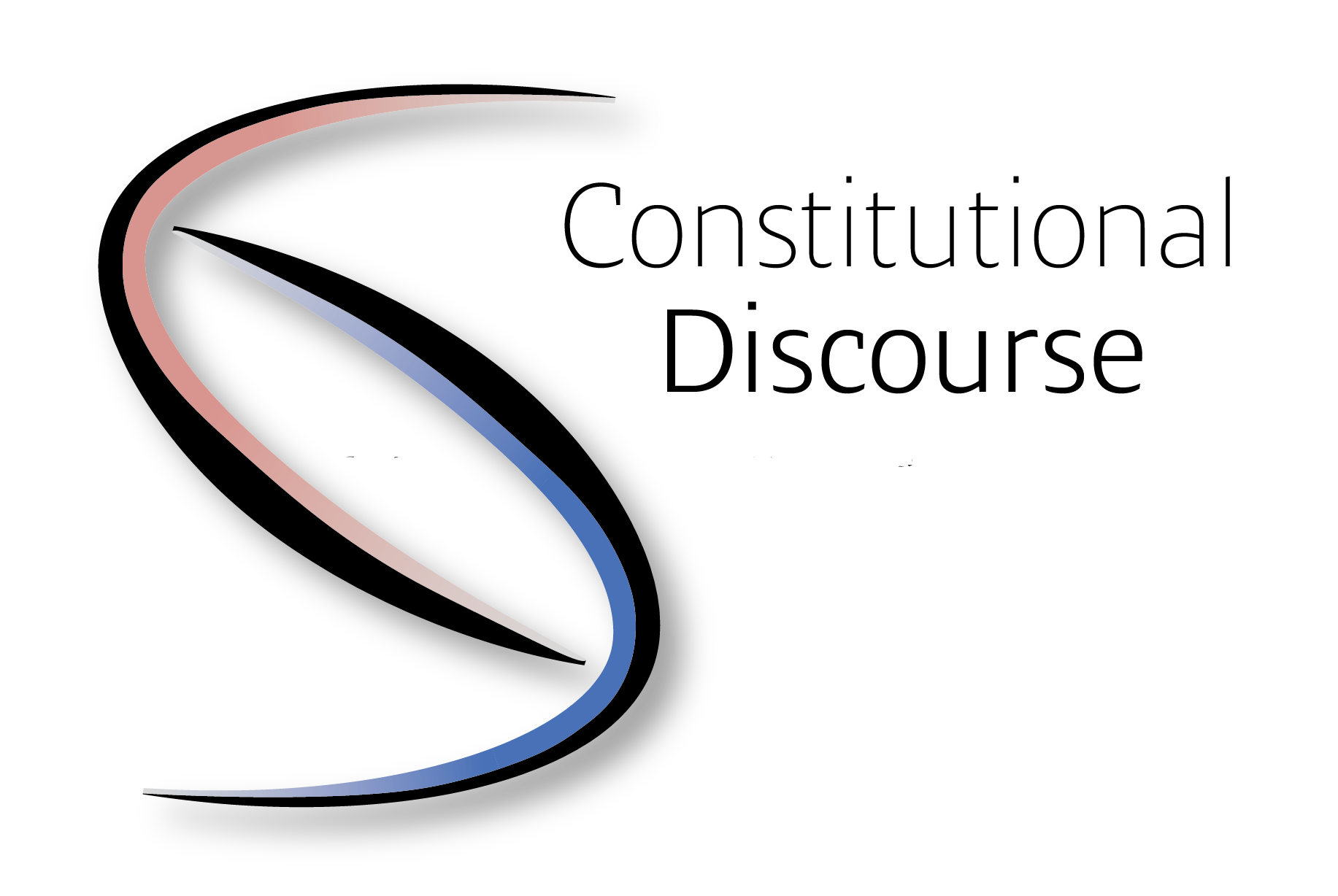More than a conspiracy theory – AI chips in humans
As Lazarus was told to “Arise, take up your mat, and walk” in the Bible, in Switzerland, there have been reports that a paralysed man has been able to walk simply by thinking about it thanks to electronic brain implants.
LegalTech – from Theory to Practical Applications
In a previous blog post, we explained what LegalTech is; a collection of technology solutions that help lawyers and laypeople interacting with the law to process, interpret, and use legal data. However, to understand the importance of the subject and
LegalTech: How Modern Technology Transforming the Legal World?
We have written on the blog several times about the challenges that the latest advances in Artificial Intelligence (AI) pose for lawmakers, as well as the details of many of the technologies that are now shaping our lives in one
Multimodality and General Artificial Intelligence – One Small Step for Humans, one Giant Step for Machine Intelligence?
Multimodal artificial intelligence has undoubtedly become one of the buzzwords of this year. Such development directions are usually accompanied by huge promises, such as that similar models represent a big step towards the ideal of Artificial General Intelligence (AGI). How
Generative AI at our fingertips – a hasty decision?
When does it come to the point where a technology needs to be made widely available? There is no question today that generative AI (GAI) is a tool that is available to everyone, but the question is what price we
ChatGPT: A Year That Changed the World of Technology
A little over a year ago, when OpenAI announced ChatGPT, few people imagined how profoundly the technology behind it would change the digital world. The development of Generative Artificial Intelligence (AI) over the past year has not only brought technological
”All that Glitters ain’t Gold” – Tradeoffs between ”Small” and Large Language Models
In the rapidly evolving world of artificial intelligence, a debate rages over the practical usefulness of large-scale language models (LLMs) versus smaller AI models for businesses and industries. Today, we investigate whether smaller AI models currently have practical advantages over
Regulating Pornographic Deepfakes—the Origin of the “Problem”
According to statistics, pornographic use makes up 96% of deepfake footage, most of which is made without consent. In fact, deepfakes made their way into public consciousness via pornographic use. In December 2017, a trend started on Reddit, where users
Copyright vs. Generative Artificial Intelligence: Questions and Answers? More like Just Questions.
The relationship between copyright and Generative AI (GAI) has been a hot topic since the technology's rise to prominence. There are many aspects to the question, from whether big tech companies have used copyrighted content to train their models without
Emotion Recognition—a Sheep or a Wolf in Sheep’s Clothing? (PART II.)
In our previous post, we briefly discussed the possibilities of analyzing emotions in written texts. Compared to Emotion Recognition (ER), this is a much simpler case, but we have already seen how complex it can be. ER attempts to enable the




